The image above is M57, the Ring Nebula. The picture shows many different elements in various colors which a large telescope such as the Hubble Space Telescope and computers are capable of. When looking at the object with the naked eye, you won’t see those colors. It will be a gray shade. It is still an impressive sight.
Charles Messier was a French astronomer who was born in Badonviller in France. He is the first person on record to create a catalog of nebula and star clusters. He made this catalog so he could distinguish these objects from comets to prevent other astronomers from making the same mistake. He was the first person to view Halley’s Comet in 1758/59 and was popularly known as the comet ferret. He was a passionate finder of comets. In 1764, he was elected as a member of the Royal Society of London, although he was a foreigner. He also held a seat at the Paris Academy of Sciences in 1770.
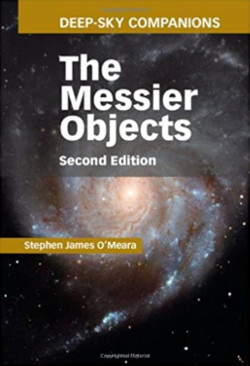
Messier’s Catalog was made by Charles Messier. The astronomer came up with this catalog in the 18th century and to date; it is one of the most useful tools for amateur astronomers. Of course, it has been updated since that time. Charles Messier began a lifelong search for comets during a time when astronomy had begun piquing the interest of the general public.
Messier objects are of particular interest to amateur astronomers because they can be observed with both large and small telescopes. The Messier objects even led to the creation of a special award from the Astronomical League, an organization for Amateur Astronomers. The people who can identify all the objects within the catalog win the award. There is also a “Messier Marathon” that amateur astronomers take part in to see if they can identify all the objects included.
In this article, we talk about 10 of the objects listed in the catalog.
Crab Nebula (M1)

This is a cloud of expanding gas, which is a remnant of a supernova explosion. The crab nebula is best observed in January and can be found in the constellation Taurus. It is easily visible through binoculars and a telescope will bring out infinite details that may not be observable through binoculars. When using a telescope, it is advisable to use a magnitude of 8.4 so you enjoy all the detail surrounding M1.
The crab nebula was first observed by English astronomer John Bevis in 1731. Charles Messier later caught sight of it and first thought it was the Halley’s Comet. This was the motivation behind creating a catalog, to identify celestial objects that may otherwise be mistaken for comets.
Globular Cluster in Aquarius (M2)
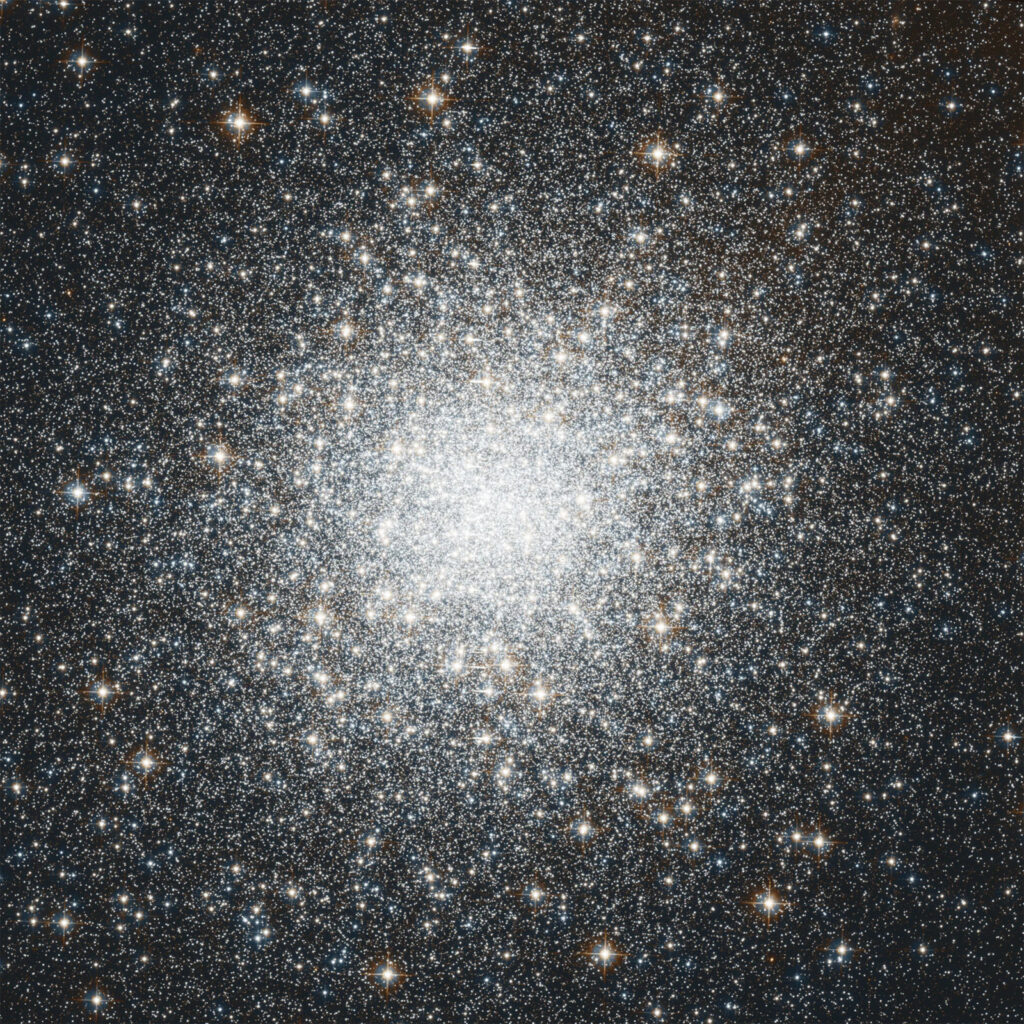
M2 was the second object to be added to the Messier catalog. It is a cluster of stars that are located in the Aquarius constellation, about 37,000 light years away from our planet. It is speculated to be about 175 light years in diameter, and it is one of the largest and brightest clusters we know of.
It was discovered in the year 1746 by French astronomer Jean-Dominique Maraldi while he was observing a comet.
It has approximately 150,000 stars, all concentrated at its center. Under the right conditions, you should be able to view it with your naked eye. When using a telescope, a magnitude of 6.3 will let you enjoy all the details of the cluster. The ideal period to observe this object is in October. If you’re lucky to have a larger telescope, you will have the benefit of observing individual stars.
Globular Cluster Canes Venatici (M3)
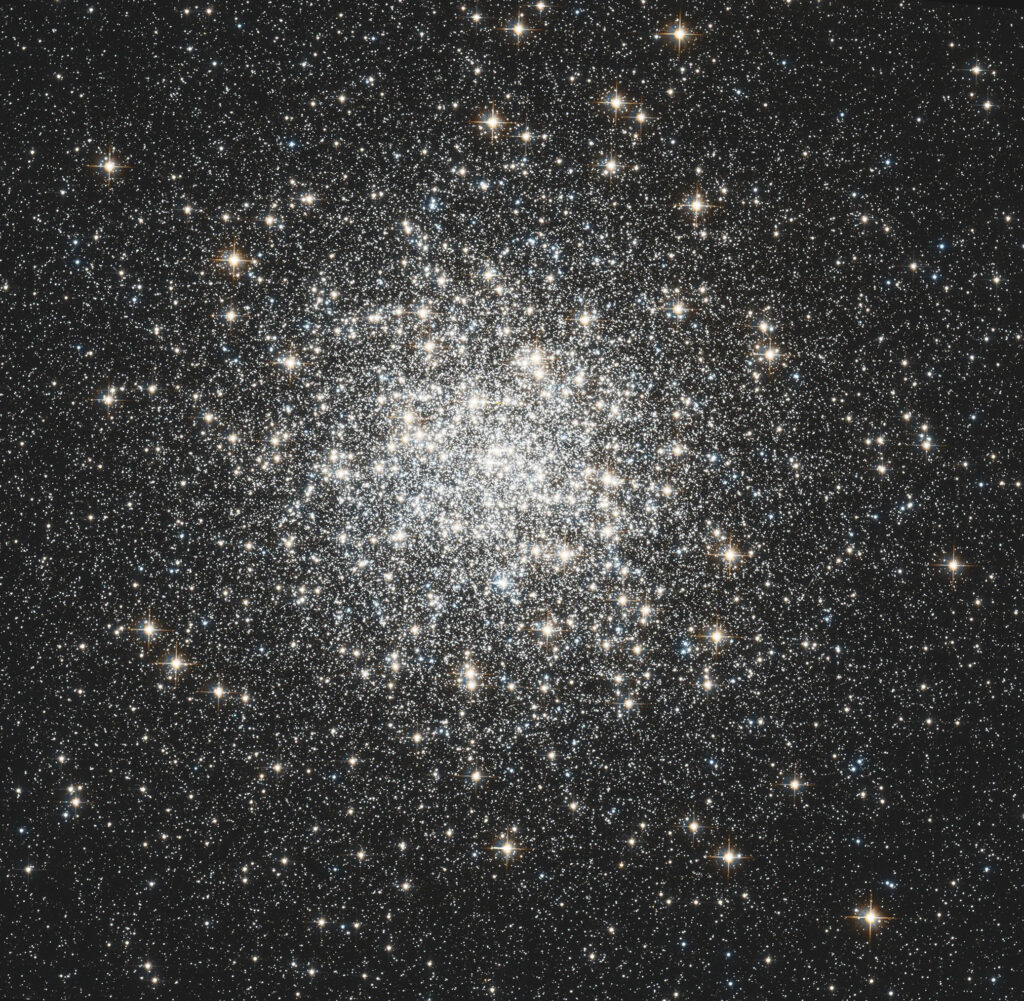
The M3 object can be found in the constellation Canes Venatici 300,000 light years away from Earth. The cluster has 500,000 stars and 274 faint variable stars, which is more than any globular cluster. It is actually the first object that was discovered by Charles Messier himself in 1764. He had at first mistaken it for a nebula without stars, however, that was cleared up by 1784 by William Herschel who was able to gain visibility of the stars within.
It is easily visible using binoculars and a telescope using a magnitude of 6.2. Astronomers are advised to use view this cluster in the month of May.
Globular Cluster in Scorpius (M4)
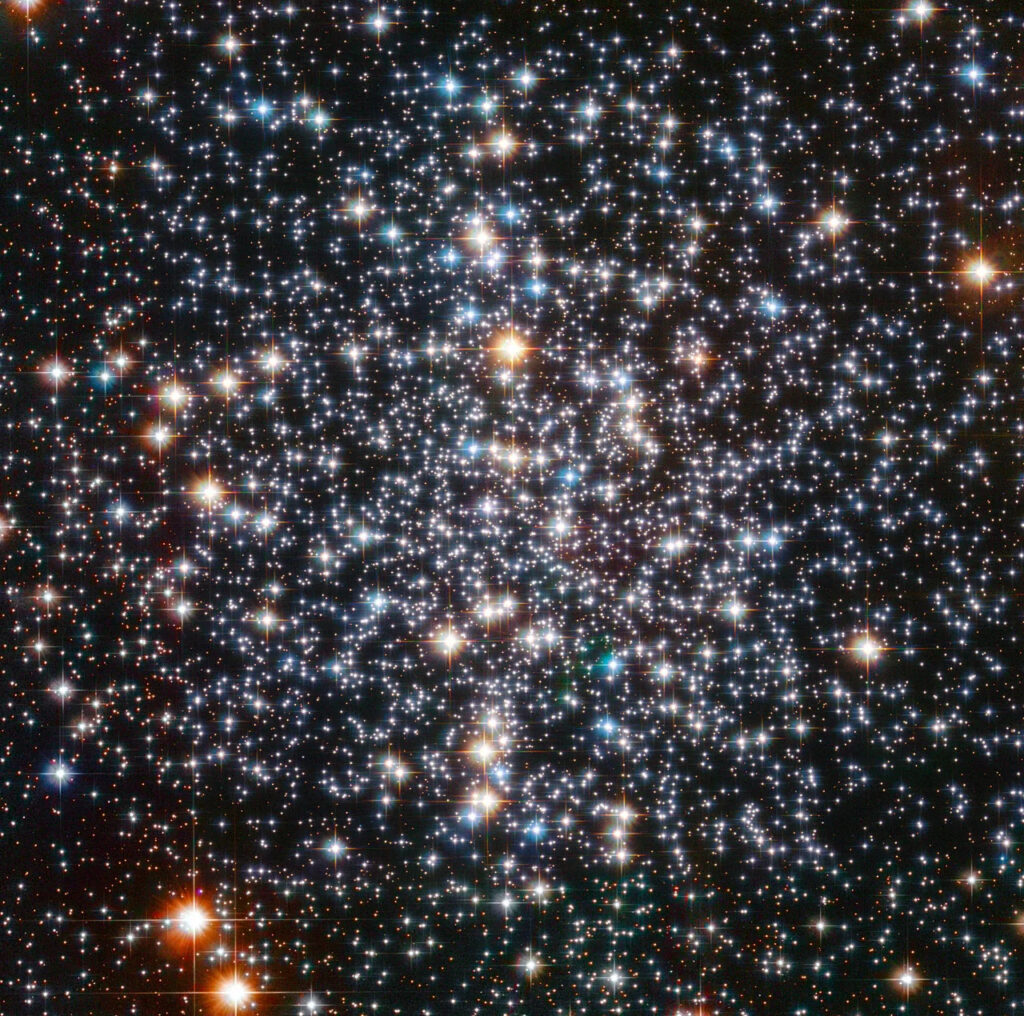
Located 7,000 light years away from Earth, M4 is a collection of stars popularly known as the globular cluster. Its closeness to Antares makes it one of the brightest stars in the sky. The M4 was discovered by Jean-Philippe Loys de Cheseaux in the year 1746. The cluster contains 100,000 stars and what is speculated to be 40,000 white dwarf stars. That is one of the reasons why it is receding from us at a rate of 65km/sec. The stars within this cluster are also some of the oldest stars ever found, and astronomers have used them to try to figure out the age of the universe. Some stars are up to 13 billion years old, which is about the lifespan of our universe!
On a clear night, you might be able to view this cluster. If using a telescope, a magnitude of 5.6 will be ideal. You will observe a central band of bright stars in a line.
Globular Cluster in Serpens (M5)

Globular Cluster M5 is found within the Serpens constellation in an elliptical shape. This one of the oldest clusters in our galaxy and it was discovered in 1702 by German astronomer Gottfried Kirch. This cluster is 25,000 light years away, and when observed using binoculars, it appears like a white patch of light. Using a telescope, astronomers recommend using a magnitude of 6.7, and the ideal period to view this cluster is in July.
This cluster is composed of 100,000 stars, with a majority of them forming 12 billion years ago, although newer star formations have been recorded. Stars within this cluster form in the same nursery and age together. Bigger stars exhaust their fuel in a few million years and die in spectacular supernova explosions. This activity should have left the cluster with fewer stars, however, astronomers have spotted newer stars within the cluster. These newer stars have been named blue stragglers and were formed when stars collided with other interstellar objects.
The cluster has a diameter of 130 light years and to view individual stars; it is advisable to use a telescope.
Galactic Cluster in Scorpius (Butterfly Cluster) (M6)

This cluster is also sometimes referred to as the butterfly cluster–this is because of its butterfly-like appearance. Its diameter is 20 light years and is 2,000 light years away from the Earth. This cluster is colorful, consisting of blue and white stars. The brightest stars within this cluster are yellow or orange. The cluster is estimated to be 100 million years old, which is pretty young cosmologically.
M6 is also known as the NGC 6405 and you should be able to observe it with binoculars on a dark night. Using a magnitude of 5.3, you’ll be able to get a clear view of this cluster.
Fun fact: Determining the distance to clusters such as the M6 helps astronomers find an appropriate scale to use when measuring the depth of the universe itself.
Galactic Cluster in Scorpius (Ptolemy’s Cluster) (M7)
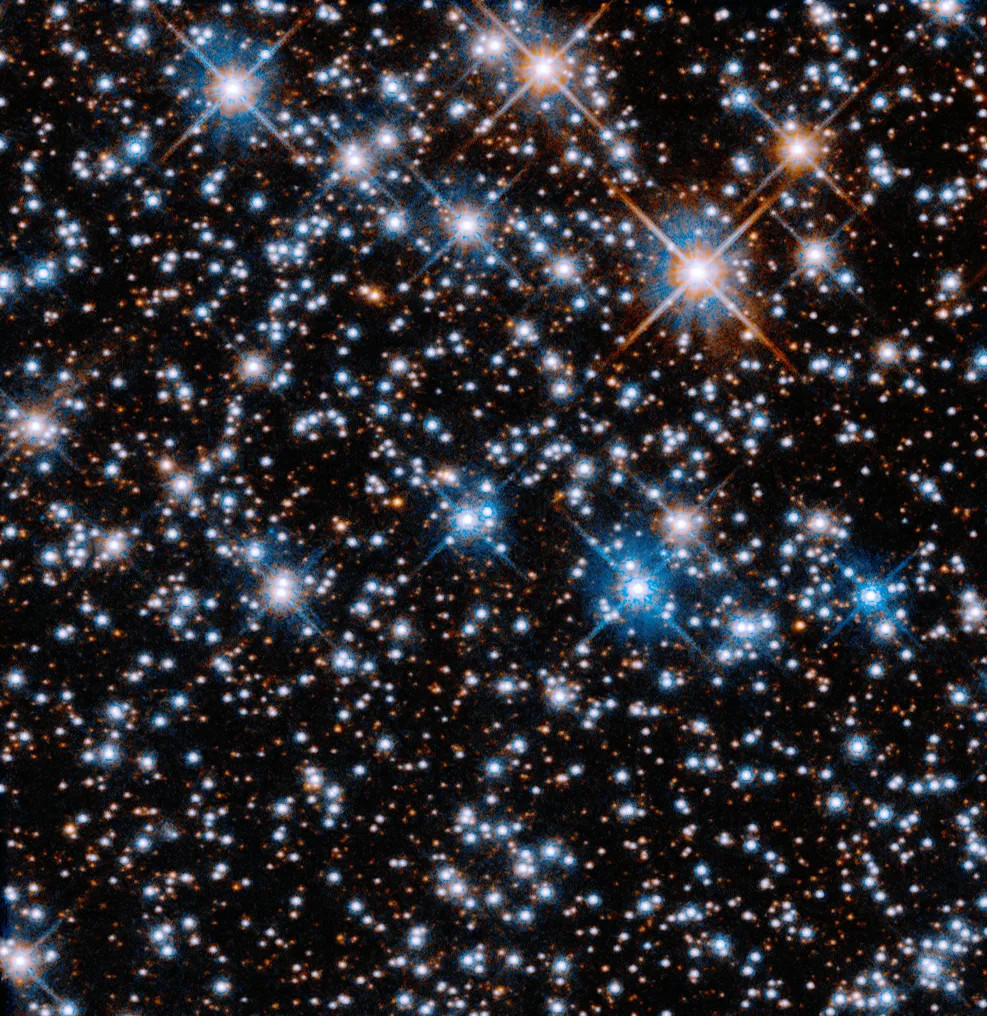
Similar to M6, M7 is also found in the constellation Scorpius. Ptolemy’s cluster consists of about 100 mostly bright blue stars. Its age is approximately 200 million years old and its diameter is 25 million light years across. The cluster is at about 1,000 light years away from our planet.
It’s named Ptolemy after Ptolemy discovered it in 130 AD. The brightest star in the cluster is yellow/orange. This cluster can be observed with a pair of binoculars at a magnification of 5.6. While viewing this cluster, you will also be able to note a dust cloud at the bottom as well as unrelated stars.
Diffuse Nebula in Sagittarius (M8)
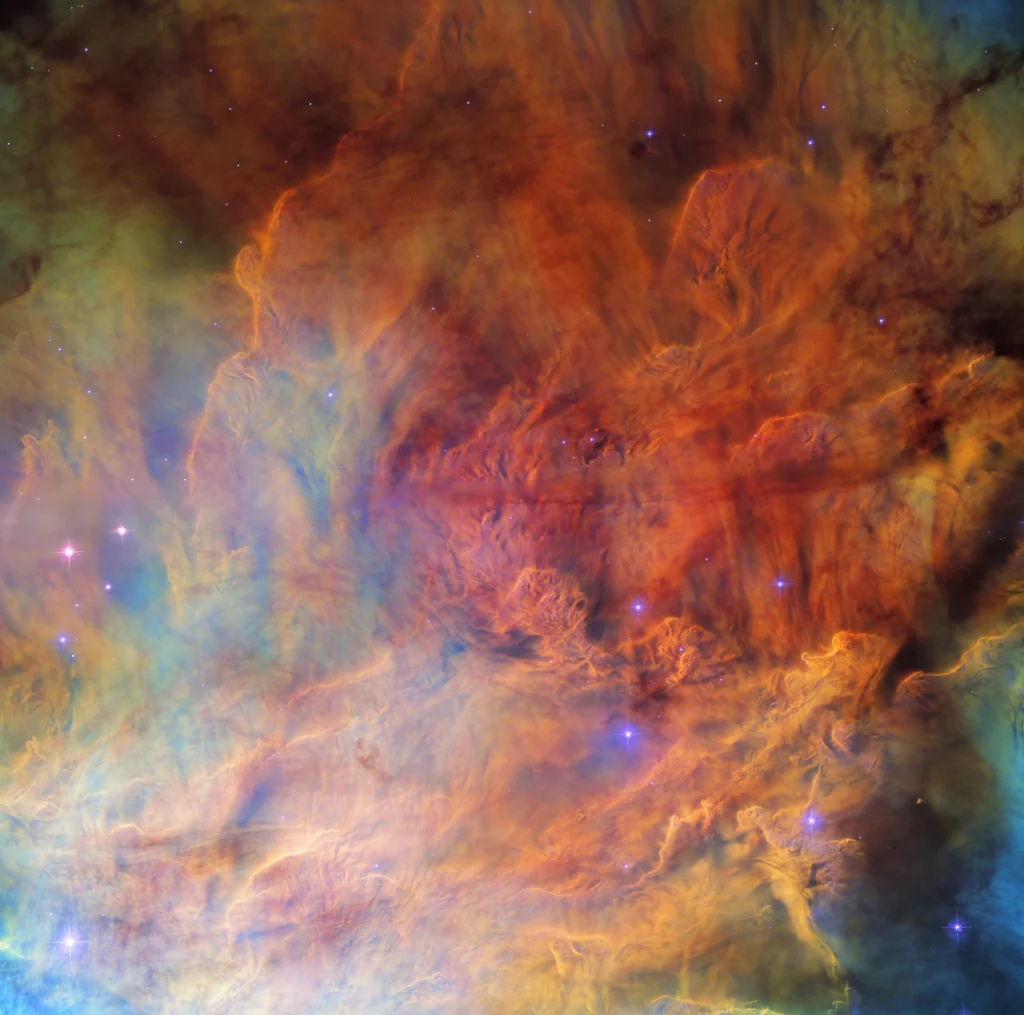
The M8 object is commonly known as the Lagoon Nebula and was discovered by an Italian astronomer, Giovanni Battista Hioderna. Much like Charles, he also sought to document interstellar objects so that they would not be confused for comets. The stars within this cluster have a magnitude of 5.9/6. With a visual magnitude of 6, you will be able to easily view this Nebula within the constellation Sagittarius using our naked eyes on a dark night. Using a telescope, you will be able to observe complex patterns within the nebula. The best time to observe this nebula is in August.
M8 is found about 5,200 light years away and within it is its own star cluster, NGC 6530. The stars within this cluster give off ultraviolet radiation that causes the entire nebula to sparkle. This nebula is approximately 150 light years in diameter.
Globular Cluster in Ophiuchus (M9)
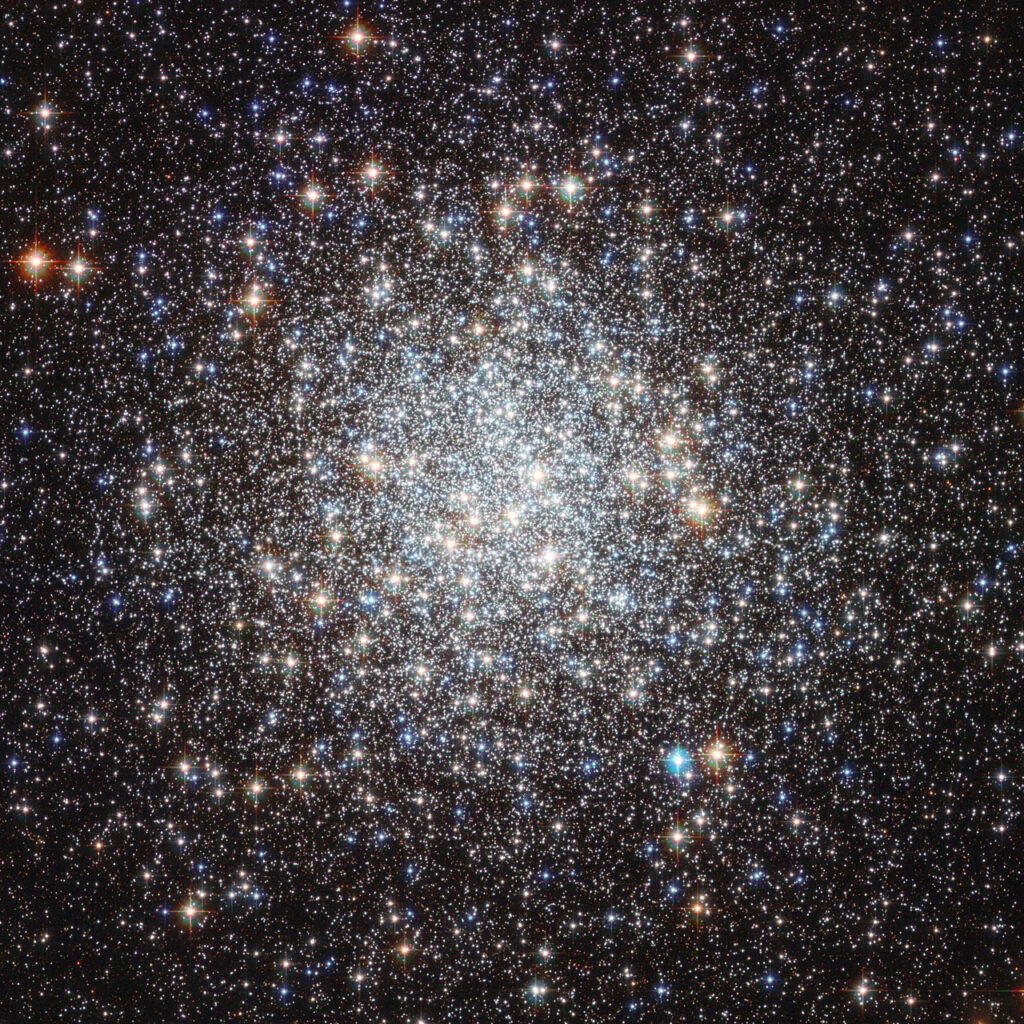
Found in the constellation Ophiuchus, M9 is 25,000 light years away from our planet. It is also the closest cluster to the Milky Way. The stars within this cluster are gravitationally pulled towards each other which has led to the stars pulling inwards and creating a spherical shape. However, over time, as M9 is getting pulled closer to the center of our galaxy, the pull has made it less spherical when compared to other objects of similar shape.
This cluster is 70 light years in diameter and has a magnitude of 8.4. The best time to view this cluster is also in July, and a small telescope will be able to find it quite easily. This cluster, however, is more difficult to spot in comparison to other clusters in the universe. It was discovered by Charles Messier.
Globular Cluster in Ophiuchus (M10)
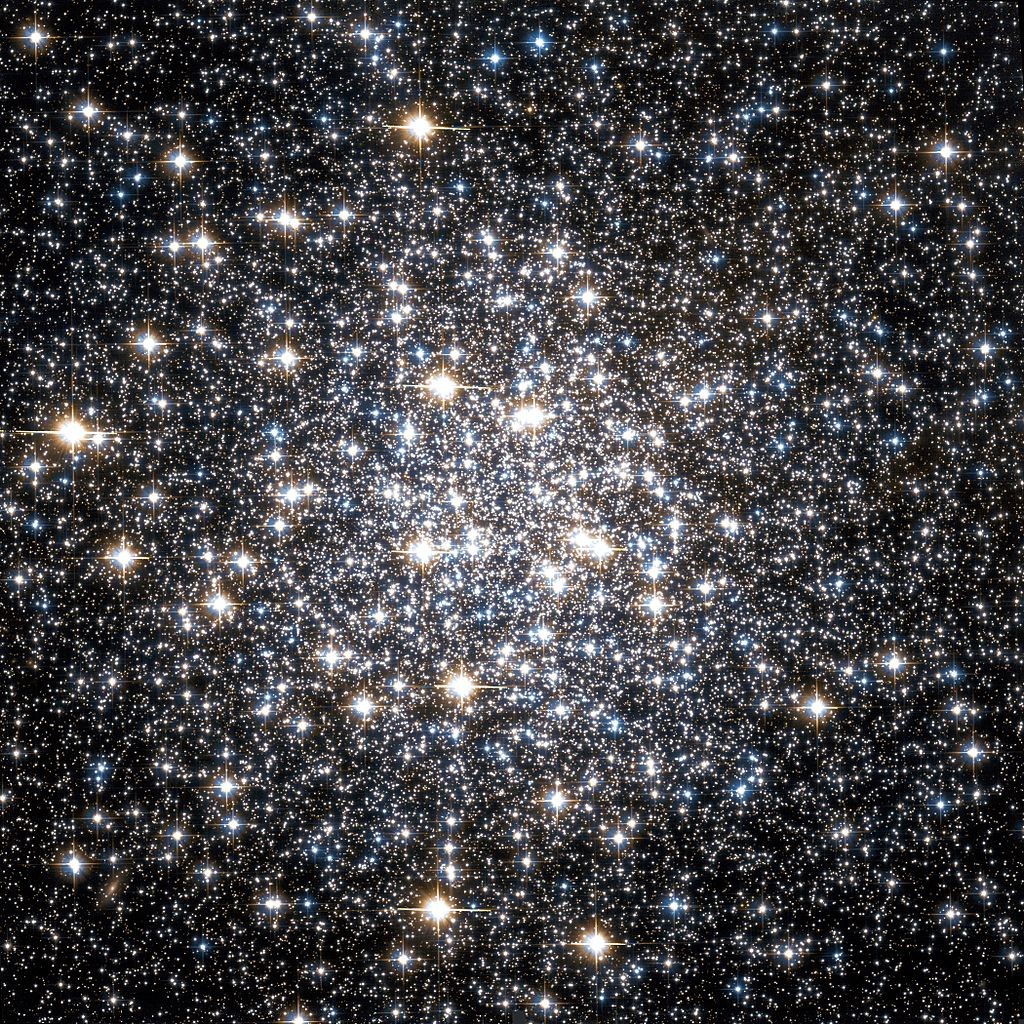
M10 also lies within the constellation Ophiuchus. And was discovered by Messier in the year 1764. It is approximately 15,000 light years away from our planet and has a diameter of 70 light years. This cluster is very bright and has a high population of blue stragglers. Most of the stars within this cluster are said to have formed at about the same time and therefore have about the same age—apart from the blue stragglers. This cluster has a visual magnitude of 6.4. Using a telescope with a magnitude of 6.6 and an arc diameter of 15 arc minutes, you can use a telescope or binoculars.
A Few Last Words
The Messier catalog is made up of 110 objects including comets, nebulae, and galaxies. Some of the most prominent objects in the catalog are; Crab Nebula (M1), the Pleiades Star cluster (M45), and a galaxy in Andromeda (M31). Initially, Messier’s catalog had a list of 45 objects in 1771 and by 1784 he had 103 objects. Pierre Mechain, a colleague and collaborator, added 6 objects in 1783.
How many Messier’s objects have you observed in the night sky?
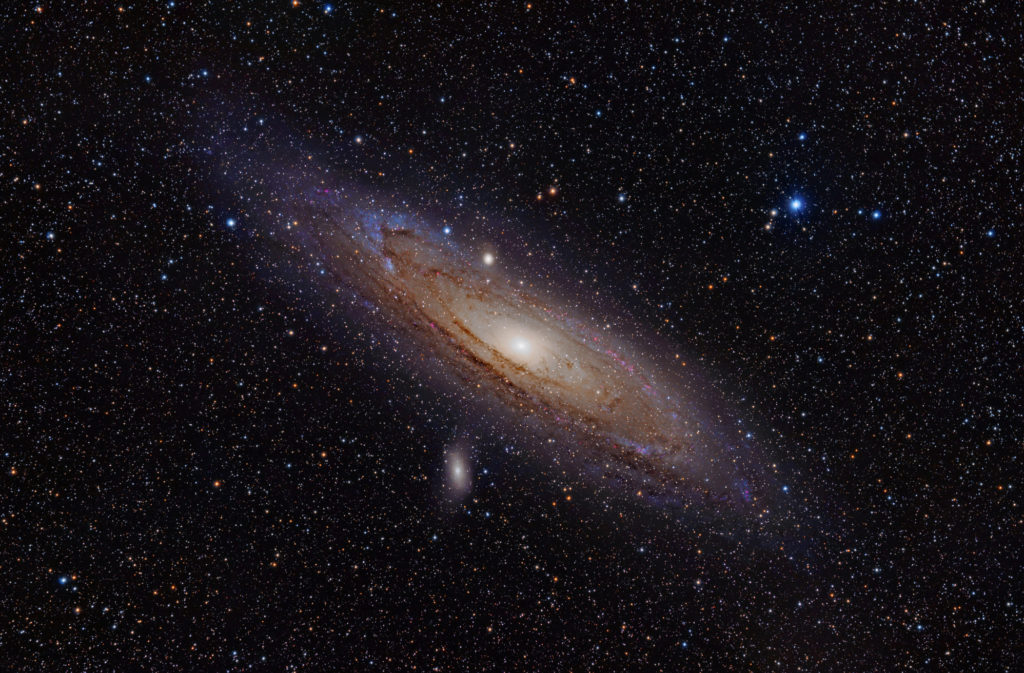
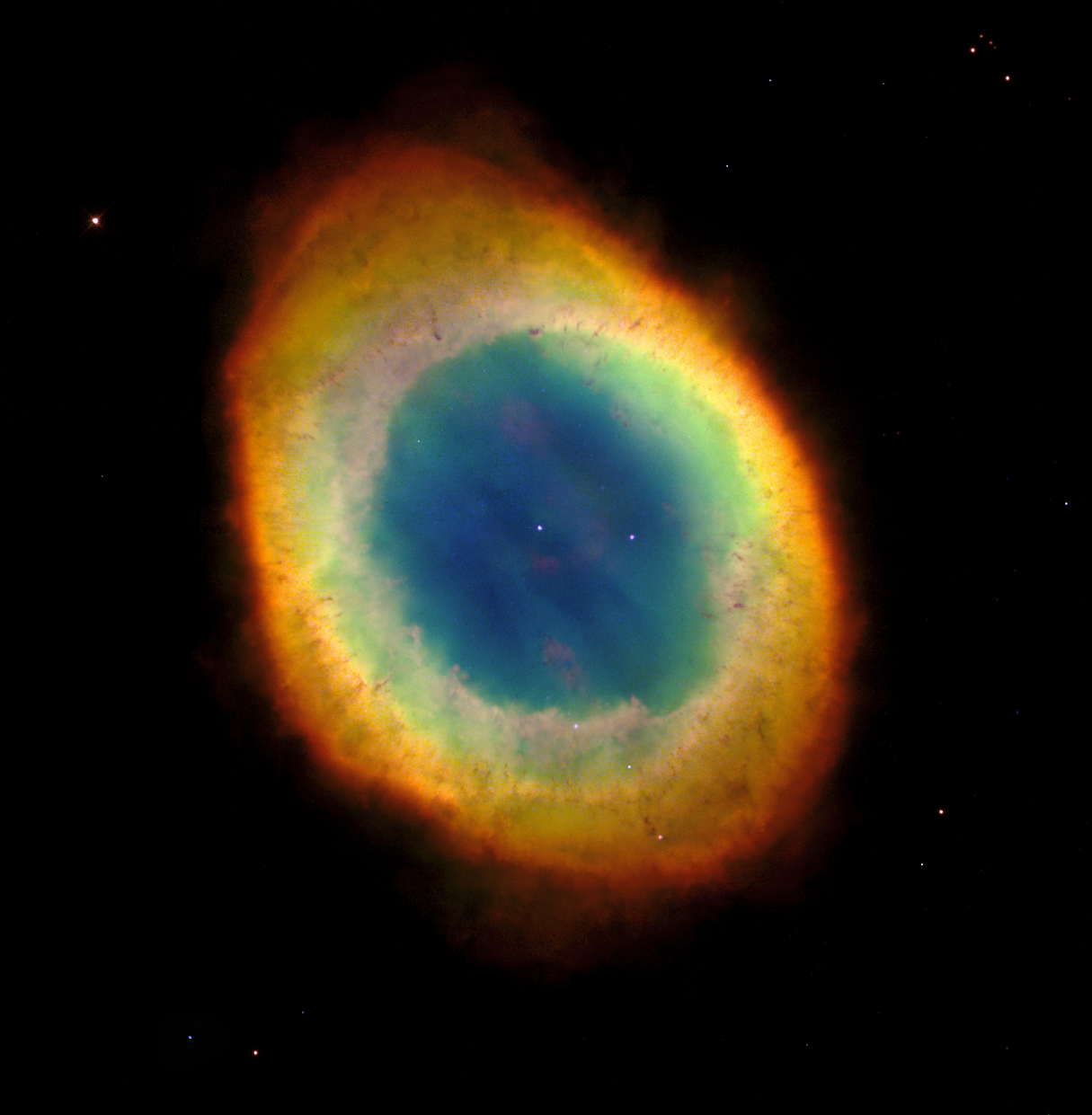
Leave a Reply